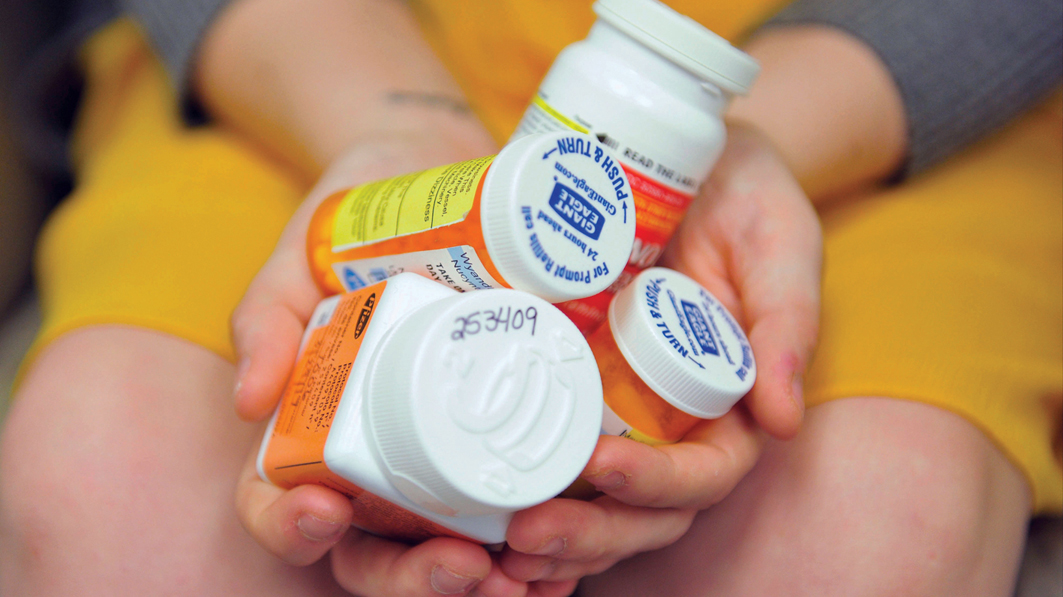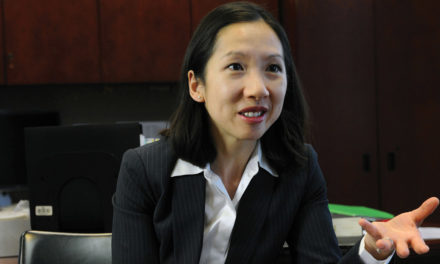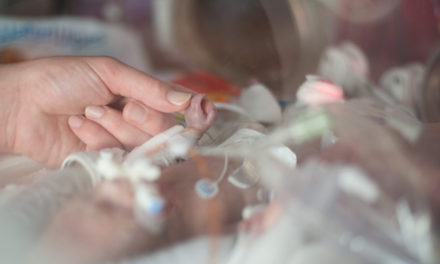If you think you don’t know anyone whose life has been touched in some way by the opioid crisis currently ravaging our country, chances are pretty good that you’re wrong.
According to the federal government, 2.1 million Americans currently struggle with opioid addiction. In 2016, more than 11 million misused prescription opioids in some way, and 1 million used heroin.
That’s a lot of people, people.
The White House calls it “the epidemic next door.” Unlike many of the scourges we’ve seen in the past, opioid addiction isn’t concentrated in any particular ethnicity, region, or socioeconomic class. It’s an equal-opportunity destroyer—chewing up the lives of the poor and the wealthy, from all backgrounds, in metropolitan and rural areas from coast to coast, of all faiths and none at all. It’s truly a satanic assault, designed to desecrate every person who bears the image of their Creator, stripping them of all dignity, health and humanness, turning them into creatures they were never meant to be.
This is not a problem for “other people.” This is a problem for all people—us.
Here are just a few of the things I’ve seen and read so far this year that shocked me. They’ll likely shock you, too.
- This January, Guideposts—the venerable Christian magazine founded by Dr. Norman Vincent Peale 73 years ago—published a first-person piece by David Beddoe, a pastor in the Seattle area who detailed how his years-long battle with opioid addiction cost him his job as the director of a Christian camp before he was finally able to get sober.
- In March, Time published a special issue dedicated to the work of one photographer, showing through gritty black-and-white images exactly what the opioid crisis looks like in key areas including San Francisco, Ohio, New Hampshire, Boston, New Mexico, Kentucky and West Virginia.
- Also in March, the U.S. Centers for Disease Control and Prevention released a report showing a huge increase in drug overdoses nationwide. Acting Director Anne Schuchat, M.D., said it’s the highest death rate from drug overdoses ever recorded here.
- In April, U.S. Surgeon General Jerome M. Adams recommended families and individuals who risk overdosing on opioids keep naloxone on hand to save their lives. Naloxone is already routinely carried by first responders and emergency medical technicians to revive overdose victims.
- According to the U.S. Department of Health and Human Services, after a decade of decline, U.S. foster care rolls began rising again in 2012, largely because of the opioid crisis. It rose in 36 states by an average of 10 percent between 2012 and 2016—and in six states (Alaska, Georgia, Indiana, Minnesota, Montana and New Hampshire)—it rose by more than 50 percent.
- According to the Substance Abuse and Mental Health Services Administration, only 11.2 percent of the 23.5 million Americans who need help getting free of their substance addictions receive it at a specialty facility.
Those numbers told me something: Of all the issues families are facing today, this one is likely to be the most universal—and the most insidious. Therefore, taking a look at it from a Kingdom perspective and equipping our readers to be the hands and feet of Jesus—in area where they are needed more desperately than ever—is mandatory.
You’ll notice a few things about this issue that are different from other themed issues we’ve done: We’ve temporarily suspended all our regular departments, such as Citizen Coast to Coast, Whee! the People and Equipping U., to bring you all the information we can on this topic in the space we have. We have a minimal number of ads, and the stories are not uniform in length. We have more stories than usual—12, in fact—looking at six key ways this is impacting families and communities, and the approaches some people are taking to reverse the trend. And with help from key contacts at the U.S. Department of Health and Human Services, we’ve put together a non-comprehensive list of resources for families dealing with various aspect of this issue.
As author Max Lucado has said, no one can do everything, but everyone can do something. We are not leading experts in this area, and our thoughts and resources are not exhaustive. Therefore, we hope you’ll read this issue with an open mind and an open heart, and allow the Holy Spirit to inspire you with His ideas to bring hope and healing to the people within your sphere of influence.
It is the least—and the most—any of us can do.
Originally published in the August 2018 issue of Citizen magazine.






